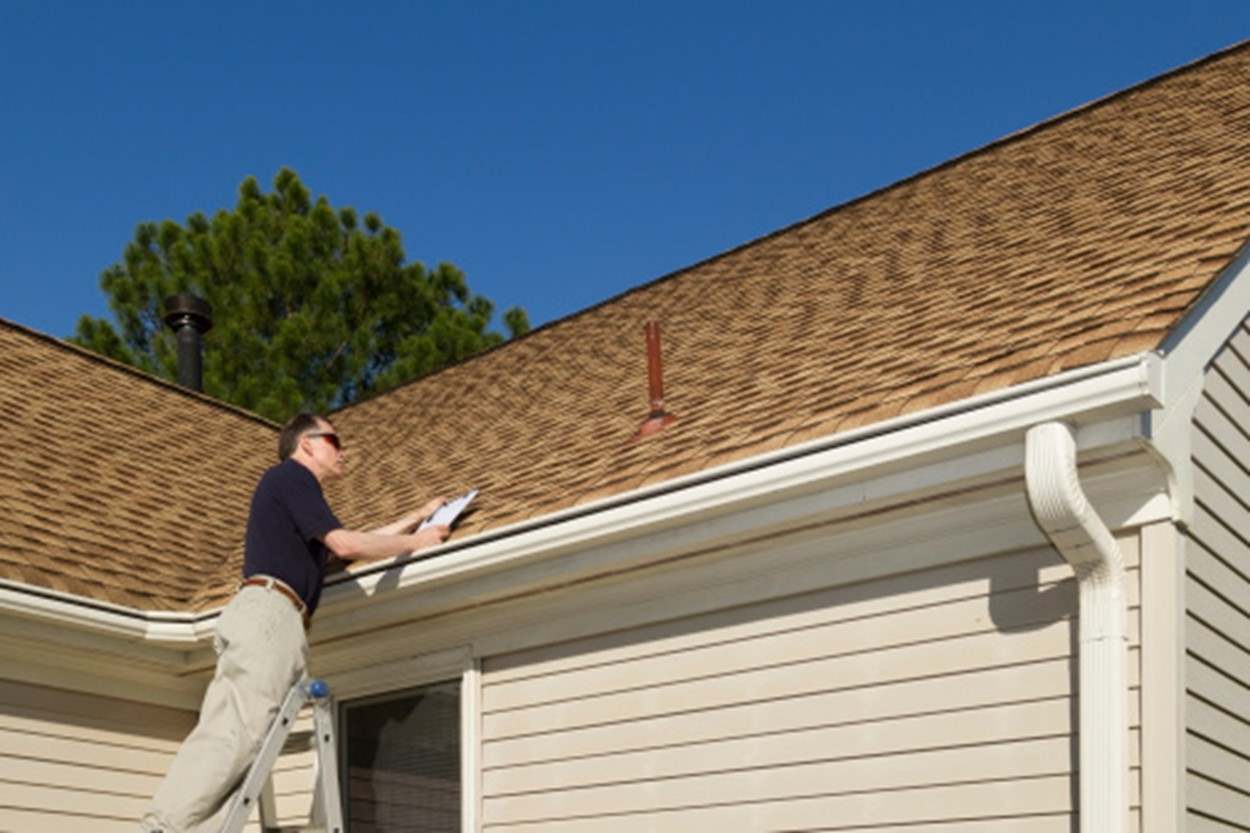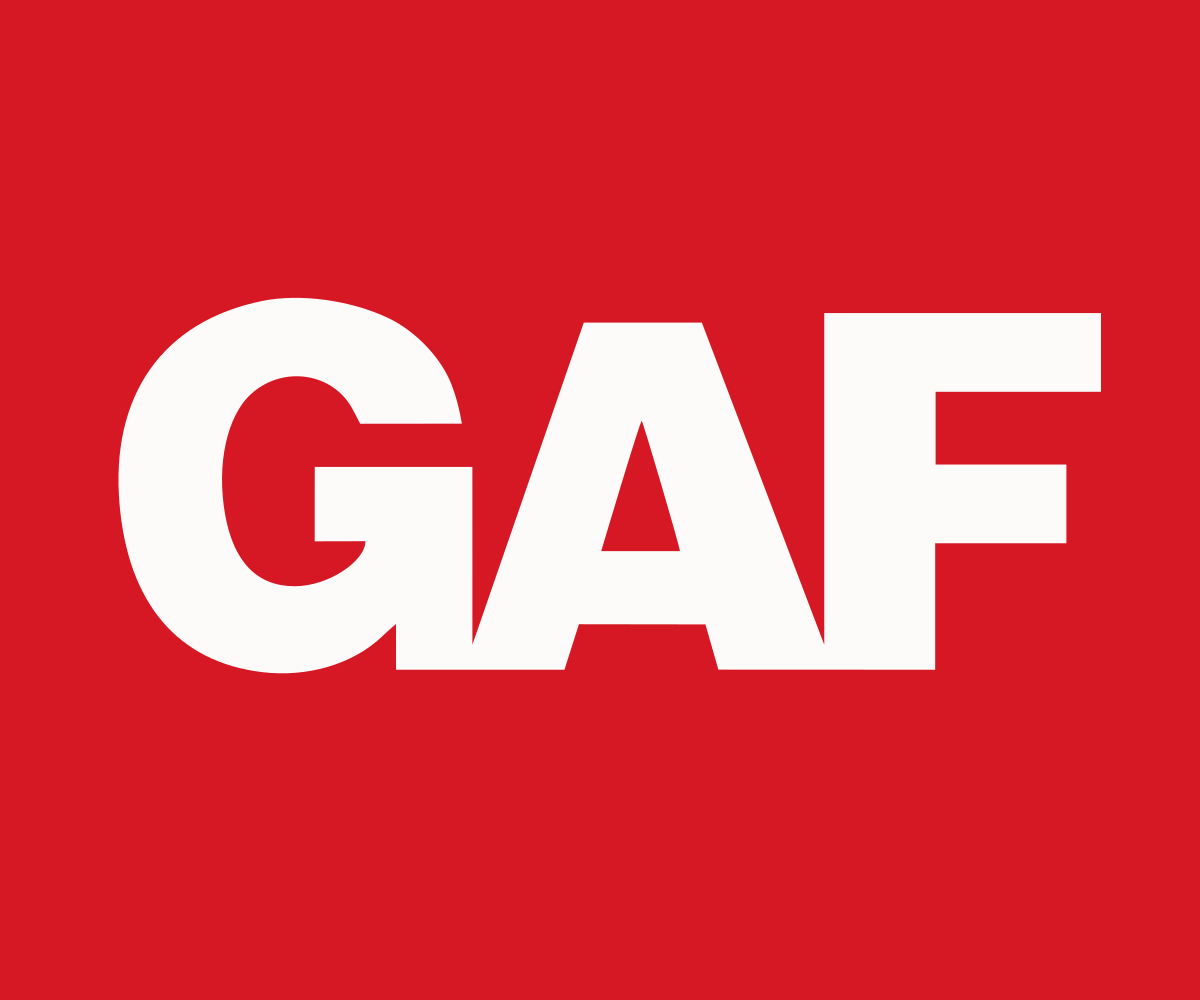Why Do You Need a Roof Inspection?
Maintaining a healthy home requires regular upkeep, and one critical yet often overlooked aspect is roof inspection. Roof inspections are key to ensuring the longevity and integrity of your home. This article dives into the importance of roof inspections, the benefits they offer, the recommended frequency, and much more. Understanding why roof inspections are crucial can save homeowners from costly repairs and unexpected damages.

Benefits of Roof Inspections
Regular roof inspections come with several benefits that make them a worthwhile investment. First and foremost, a thorough roof inspection checklist can recognize minor issues before they become bigger problems. Detecting issues such as cracked shingles, leaks, or structural weaknesses early can prevent costly repairs down the line.
Additionally, routine inspections can significantly extend the lifespan of your roof. By addressing small issues promptly, you can maintain the roof’s integrity and avoid premature replacement. This not only saves money but also ensures the safety and comfort of your home.
Moreover, roof inspection services provide peace of mind. Knowing that your roof is in good condition allows you to focus on other aspects of home maintenance without worrying about unexpected problems. Having your roof inspected consistently can also help maintain your property’s value by ensuring the roof is always in optimal condition.
Frequency of Roof Inspections
How often you should have your roof inspected depends on several factors, including climate, the age of the roof, and potential damage risks. Experts generally recommend a residential roof inspection at least twice a year—once in the spring and once in the fall. This biannual schedule helps identify and address issues caused by seasonal weather changes.
In areas with extreme weather conditions, such as heavy snowfall, intense heat, or frequent storms, more frequent inspections may be necessary. Additionally, if your roof is older or has a history of problems, increasing the inspection frequency is advisable. By considering these factors, homeowners can develop an inspection schedule that suits their specific needs.
Understanding the Inspection Process
Homeowners should know what to expect during a professional roof inspection. Typically, the process involves several key steps. Firstly, the inspector will examine the overall condition of the roof, looking for visible damage such as missing or damaged shingles.
Next, they will check for signs of leaks and water damage, which might include inspecting the attic for water stains or mold. The structural integrity of the roof is also assessed, ensuring that there are no sagging areas or other weaknesses. Finally, the inspector will look for debris buildup, which can damage your home over time if not removed.
Signs That Indicate the Need for an Inspection
Certain signs indicate the need for an immediate roof damage inspection. A clear indication that your roof may be leaking is the appearance of water stains on your ceiling or walls. Missing or damaged shingles, visible sagging rooflines, or a buildup of debris in gutters are also signals that an inspection is necessary.
You may also notice an increase in energy bills, which could suggest poor insulation due to roof damage, or visible mold and mildew, which can result from prolonged water exposure. Paying attention to these indicators can help homeowners address issues promptly and avoid further damage.
Expert Advice on Roof Inspections
Roofing professionals cannot overstate the importance of regular roof inspections. They suggest creating a detailed roof inspection checklist to ensure no aspect of the roof is overlooked. Engaging professional roof inspection and repair services is recommended for a comprehensive assessment.
Experts also advise homeowners to stay proactive by having their roofs inspected after severe weather events, such as strong storms or hail, to identify and repair any immediate damage. Adhering to these best practices ensures that the roof remains in excellent condition, safeguarding the home and its occupants.
DIY Inspection Tips for Homeowners
While professional inspections are crucial, homeowners can also perform basic inspections to maintain roof health between professional visits. Start by inspecting the roof from the ground using binoculars to spot any obvious damage. Look for damaged or missing shingles and check the state of flashing around chimneys and vents.
Additionally, keep gutters clean and free of debris to prevent water buildup and potential damage. Trim overhanging branches that could fall and damage the roof. While these DIY tips can assist in maintaining your roof, they are not a substitute for professional roof inspections and should be part of a broader maintenance strategy.
Investing in Roof Health
Proactive roof inspections are essential for maintaining a healthy home. By identifying and dealing with issues early, homeowners can extend the lifespan of their roofs, prevent expensive repairs, and keep their homes safe and comfortable. At Heartland Roofing & Construction, we understand the importance of regular roof inspections and are dedicated to providing the highest level of personalized service in New Braunfels, Texas. Our experienced team uses premium materials and meticulous standards to ensure your roof is in top condition. Contact us today to schedule a professional roof inspection and gain the peace of mind of knowing your home is protected.





